

The construction sector in Saudi Arabia accounts for 1.6 per cent of the total investment planned for the current Eighth Development Plan, amounting to SR16.4 billion during the 2005-2009 period.
While the sector witnessed a decline in the seventh development plan in actual terms, a rebound is expected, providing greater opportunities for the construction industry.
Construction, which accounts for a small but growing segment of the non-oil goods production sector, feeds off all the producing sectors, since all new and expanding industries do require civil works of one kind of the other. It also feeds off growth in the other sectors mentioned in Table 1a.
Table 1a
Growth of the sector is still primarily dictated by oil prices since the Saudi economy is very much dependent on this source of revenue. That these prices are expected to remain high throughout the current plan bodes well for the construction industry.
Interest rates, another important demand factor in the construction industry, are expected to continue to remain relatively low, which is favourable for the development of the sector.
Inflation is yet another factor that can adversely affect construction activities. The Saudi inflation data indicate that large increases are not expected due to competition and technological advances, which reduce cost of products and services in the construction industry that partially offsets higher prices due to near-term shortages of construction materials such as cement and steel.
Table 1b
Since Saudi Arabia develops large export surpluses primarily due to oil, gas and petrochemicals that depend greatly on global growth, robust global growth will most certainly create further domestic demand as trade surpluses are repatriated to the domestic economy with some available to the construction sector.
In short, all demand factors, including an above-average growing population, will assure an upturn in construction activities in Saudi Arabia.
Structure
The manpower in the construction sector reached about 1.6 million workers in 2004, up from about 1.1 million in 1999, constituting 19.1 per cent of the total labour force and 22.4 per cent of the employment in the private sector. Notwithstanding the large employment opportunities provided by this sector, most of the jobs are still occupied by non-Saudis. Saudi manpower accounts for only 2.3 per cent of this figure in 2004 – on account of the intense reliance of this sector on non-skilled and semi-skilled workers, and to the lower level of wages of workers. Moreover, the smaller size of companies operating in this activity, coupled with their inadequate resources, make them unattractive for skilled national labour.
Housing demand by region and type - 2005-2009
Additionally, construction projects are scattered throughout Saudi Arabia requiring relocating frequently, which is not attractive to Saudis who prefer employment in the cities preferably near their extended families.
Saudis comprise about 20 per cent of the estimated 145,000 engineers of various types employed in Saudi construction and industry. There are also an estimated 1,300 professional Saudi architects practicing in the kingdom.
The private sector’s growing role in fixed capital formation bodes well for growth in construction activities. In addition, an aging infrastructure brings attention to greater recurrent expenditure for maintenance and operation purposes that construction companies often engage in or redevelopment by the private sector.
Saudi Arabia’s recent accession to the World Trade Organisation (WTO) will boost potential investor interest in projects as well as the recent liberalisation of banking allowing foreign banks to compete with domestic banks will most certainly make available more capital resources for the construction industry
In summary, structure of the construction industry will be adjusting to new requirements in the market, some technology-led, others redirected through institutional change brought about by increasing scale and complexity of mega projects. Due to the shortage in trained Saudi manpower in the construction industry, it is expected that engineering and architectural services will be increasingly outsourced to international firms.
Forecast of main indicators of the electricity sector - 2005-2009
Industry
Nearly 700 new factories will be set up in Saudi Arabia by 2009. Since many of the industrial estates lack infrastructure to handle such growth, there will be numerous infrastructure contracts available from both public and private sector interests. The largest growth in new factories in declining order, include metallic products, machinery and equipment; chemicals and plastic products; building materials, china, ceramics and glass; food and beverages; paper, printing and publishing; wood, wooden products and furniture; textiles, readymade garments and leather; other miscellaneous industries; transport and storage; and base metals industries.
Industrial construction opportunities abound but require greater specialisation by construction firms plus greater cooperation and/or consortia development with international construction and engineering firms in order to be awarded contracts than for other sub-sectors.
Oil & gas
Saudi Aramco continues to expand currently developing an additional 1.5 million barrels per day (bpd) capacity, expansion of refinery capacity by 30 per cent and development of the new Rabigh refinery producing 400,000 bpd as an integrated complex for petrochemicals as well.
An example of the normal flow of construction contracts for mega petrochemical project development is the recent $850 million engineering, procurement and construction (EPC) contract let to Japan’s JGC Corporation by PetroRabigh for an olefin fluid catalytic cracker. This primary contract has subcontracts to Consolidated Contractors Company (CCC) of an estimated $400 million for civil, mechanical and other select works while Mitsui was subcontracted for $852 million for EG and propylene, Chinese Cinopec with Tecnicas Reunidas was subcontracted for other production complexes while Ahmad Nassir Albinali & Sons are working on the $47 million for site preparation and other incidentals.
Saudi Aramco continuously provides opportunities for construction firms that meet its qualification requirements.
Table 2:
Petrochemicals
Forty petrochemical projects are being planned subject to availability of feedstock and technology licensing agreements currently under discussion, including:
• A complex in Yanbu producing 1.3 million tonnes per yer (tpy) of ethylene, 800 million tpy of polyethylene and 700 million tpy of ethylene glycol;
• A 625,000 tpy ethylene glycol plant in Jubail;
• A 130,000 tpy butene-1 plant in Jubail;
• A 970,000 tpy methanol plant in Jubail;
• NPIC acetic acid plant
• A 730,000 tpy ethyl benzene and styrene plant in Jubail.
Since the Gulf has the least-cost comparative advantage globally, it is fully expected that Saudi Arabia will see continued expansion in petrochemicals. Select domestic engineering and construction companies have extensive experience in petrochemical construction expected to take an increasing share of this market.
Residential & commercial
Housing contributes approximately 75 per cent of real estate activity with 163,500 units annually required to meet Saudi Arabia’s projected 2.62 million housing units by 2020. This equates to SR484 billion ($129 billion) through 2010. Alternative projections based on building permits issued by municipalities indicate 37,000 annually through 2010, implying that a trend toward multiple units versus predominantly single housing units of the past.
Meanwhile, Samba estimates 30 housing construction companies have a 20 per cent market share, followed by diversified conglomerates at around 30 per cent and medium-sized companies at 25 per cent.
Commercial development is harder to quantify since they are primarily taken on by private interests. However, the trend is to more high-rise office, hotel and apartment buildings as well as larger shopping malls.
Several mega developments have been announced for the major cities including the SR26.6 billion King Abdullah Economic City in Rabigh to be developed by Emaar. In addition, new master plans with mega redevelopment schemes for Makkah, Madinah and Jeddah will create much construction activity. Initial projects include the $3.2 billion Jabal Omar Residential Towers including five-star hotels, commercial centers and prayer facilities.
Government
Among the major planned government construction activities are the Ministry of Education’s project to build 4,000 schools at a cost of $4 billion, the Ministry of Higher Education plans for new colleges and the Ministry of Health’s programme to construct new hospitals (with 3,000 beds) and clinics.
Railway
Last year, contracts were let to provide project management consultancy services for a SR10.5 billion ($2.8 billion) railway link, a segment of a proposed Land Bridge rail line. Delivery time for containers tracked between Dammam and Jeddah will be less than 48 hours versus up to an eight-day journey by sea around the Arabian Peninsula.
Those interested in construction of the railway link will have to form a consortia of which an integral part will be the Public Investment Fund as a major financer to implement the project on a ll be a design, build and operate (DBOT) basis. Since domestic construction companies have little experience in railroad building, experienced international partners will be sought.
A supervision agreement for execution of the North-South link is now under way. The project extends from Haditha at the northern border of Saudi Arabia to Riyadh and will be tendered in an open international competition. Additionally, the Makkah-Madinah high-speed rail link will also be accomplished through DBOT.
Transport
The total financial requirements of the transport sector (Ministry of Transport, Saudi Ports Authority, SRO and the Civil Aviation Corporation) during the Eighth Plan period will be about SR35.6 billion, mainly to finance expansion of the road, rail and port infrastructure, maintenance and operation of the existing facilities.
Electricity
Privatisation and private sector investment in the electricity sector are likely to dominate activity, with several power generation and transmission to be launched on a build-operate-transfer (BOT) and build-operate-own (BOO). Major goals are power generation plants contributing 11,000 MW plus 1,330 MW via desalination; and to install power transmission lines providing electricity to 1,100 villages adding 11.6 million customers.
Water
Expansion of water distribution and wastewater treatment plants has major goals of increasing water distribution networks to a coverage rate of 80 per cent; expanding waste water networks to a coverage rate of 50 per cent; increasing rate of wastewater treatment to 40 per cent of waste water volume, and boosting desalination capacity from 1,070 million to 1,650 million cu m per year
A current example of the scale of individual desalination is the Shuaiba plant providing 880,000 cu m per day of fresh water for Makkah, Jeddah, Taif and Al Baha plus 900 MW to the national grid. Again, a consortia led by Siemens will develop this $2.14 billion plant. This is the first of 30 desalination plants planned to meet future demands through 2020.
Saudi Arabia also plans to build 90 new dams to replenish diminishing underground aquifers in 2006 alone, raising the number to 223 dams with a total capacity of 836 million cu m. Water sector projects require SR41.570 billion of funds during the current eight year plan.
Mining
Implementation of phosphate and bauxite projects will be most important, providing an integrated 2l.9 million tonnes phosphate fertiliser project with include four sulphuric acid plants, three phosphoric acid plants and three DAP units and an integrated bauxite mining producing 3.3 million tpy annually, requiring an ammonium refinery with capacity of 1.4 million tpy and an ammonia melting furnace
Environment
Saudi Arabia’s National Environment Strategy is to observe the optimum use of renewable resources for the best interest of present and future generations, especially the adoption of “green” technologies and environmentally-friendly processes in industry.
Greening is the physical process of replacing polluting fossil fuels with renewable energies from bio, hydro, solar, tidal, waste heat and wind sources to meet measures being taken by governments around the world, thereby reducing global warming.
In order to assess construction activity related to potential greening, as well as determine the potential savings in foreign exchange earnings by replacing domestic consumption of oil and gas with renewable energy technologies, the following assessment is made.
Table 2 indicates energy utilisation within Saudi Arabia, growing from a rate of 18.3 per cent in the 2002-2005 period to 23.9 per cent in the longer 2006-2010 projection. The average 2,493 million barrels oil annually consumed in the projection is utilised in Table 1b to determine potential distribution among sectors and sub-sectors of oil consumption.
An assumed 10 per cent greening target is utilised, determining that using renewable energy resources would save 249.3 million barrels of oil annually, increasing foreign exchange earnings by SR46.5 billion ($12.4 billion) since this oil could be sold on the world market instead of domestically consumed. From a policy standpoint, government could provide a subsidy to greening or renewable resources activities that would not cost the government anything due to foreign exchange earnings in an equal amount.
It should be noted that the greatest savings are in the electricity, gas and water sectors and to a certain extent in manufacturing industries. Additionally, the construction sector could save $175 million through utilising renewable or green resources in their activities.
In summary, greening through use of renewable resources can be a significant growth industry in Saudi Arabia, should the government hold to its stated policy to optimise use of renewable resources.
*Dr P Thomas Cox, Executive Director, International Development & Dr. V. C. Bhavasar, Executive Director, Technical Development of Advanced Solar Heat Technological Factory (ASHFT) providing renewable energy products & services to the MENA market. ASHTF has selected advanced technology Solar and Wind Products supported through extensive OEM capabilities providing Clients with economically designed and efficient applications. To learn more please visit www.ASHTF.com.



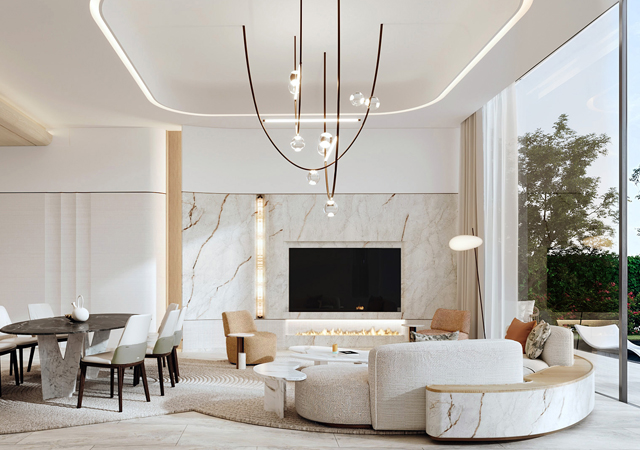

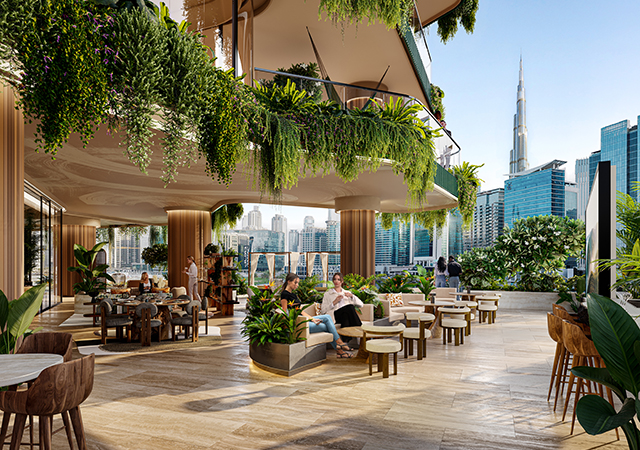
.jpg)




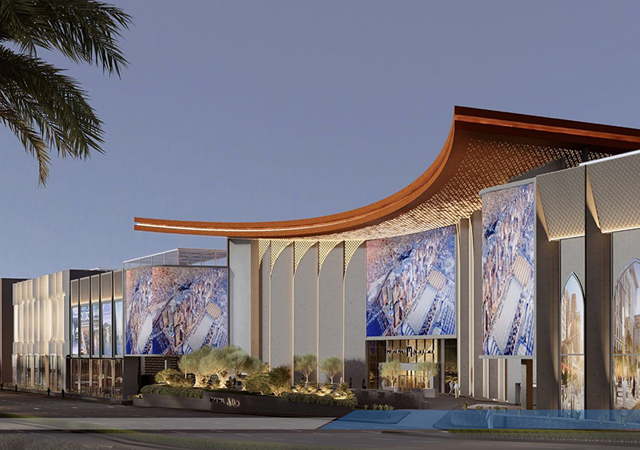
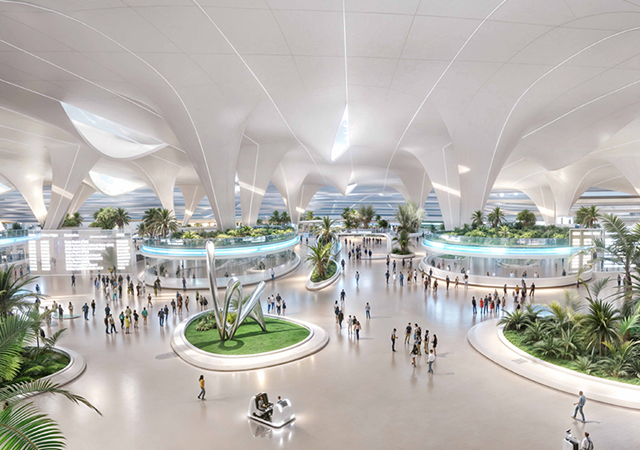
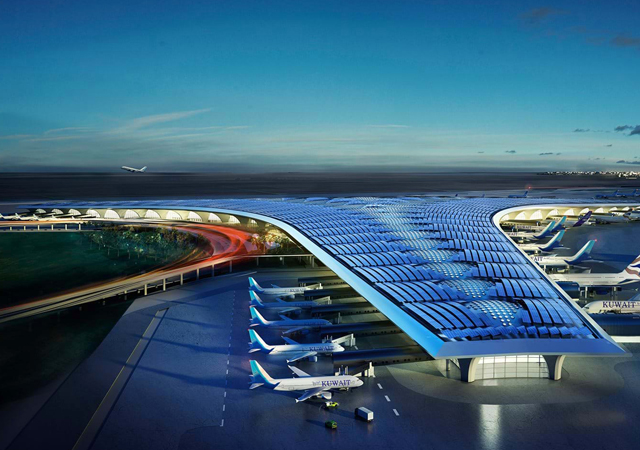
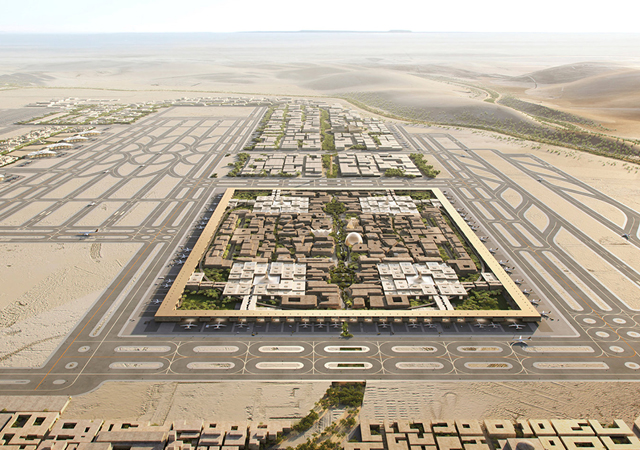
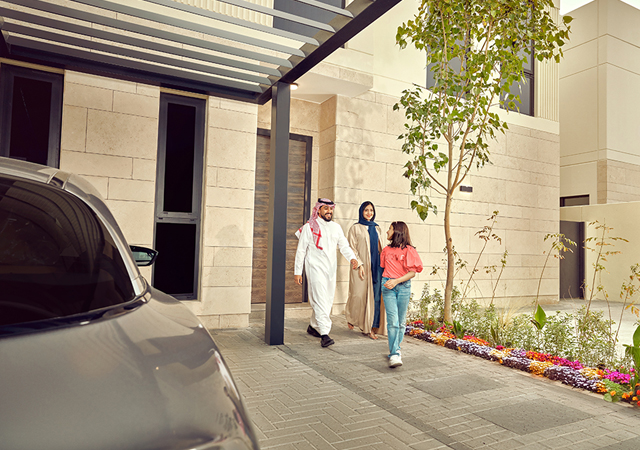
.jpg)
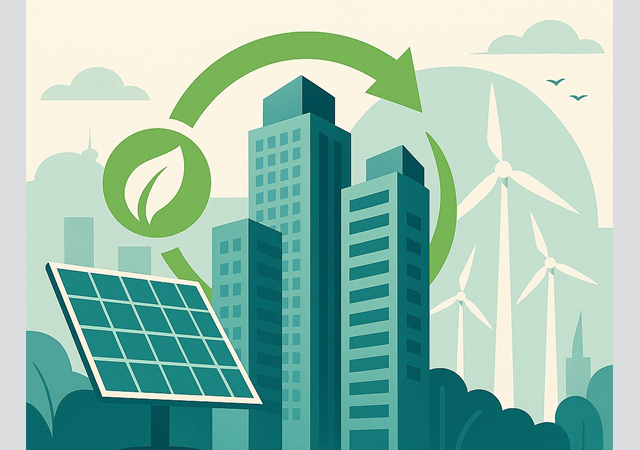
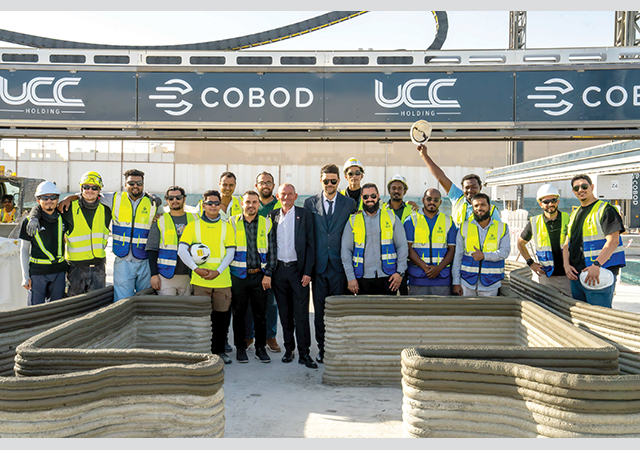
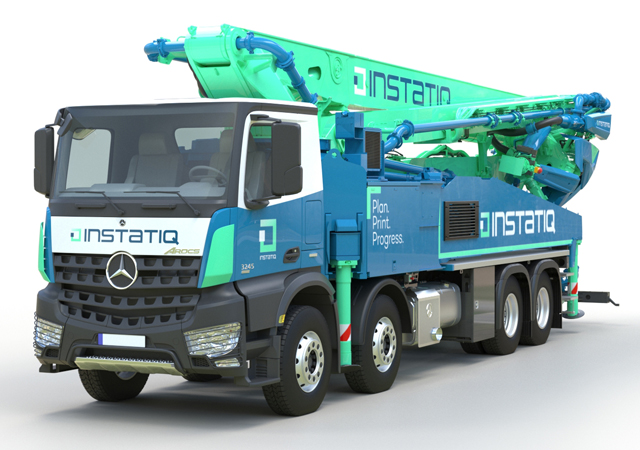
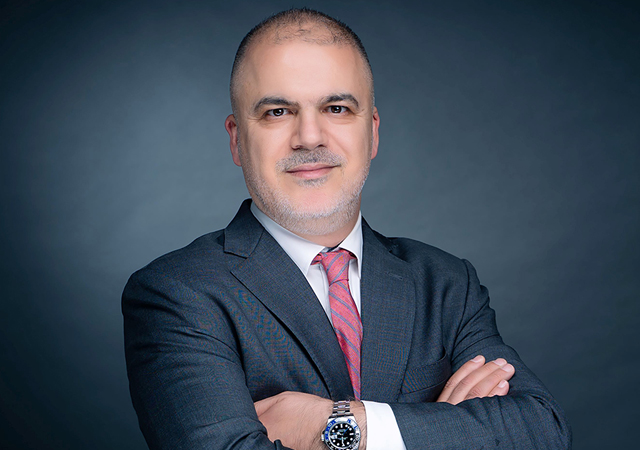
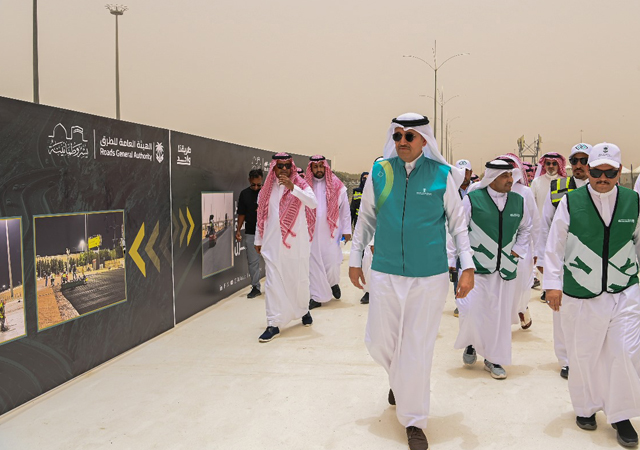
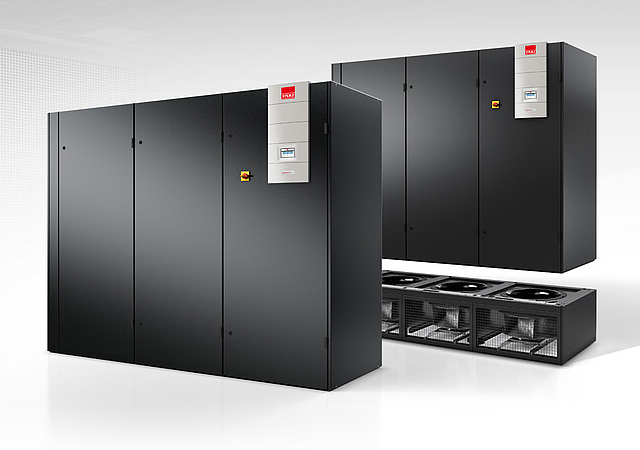
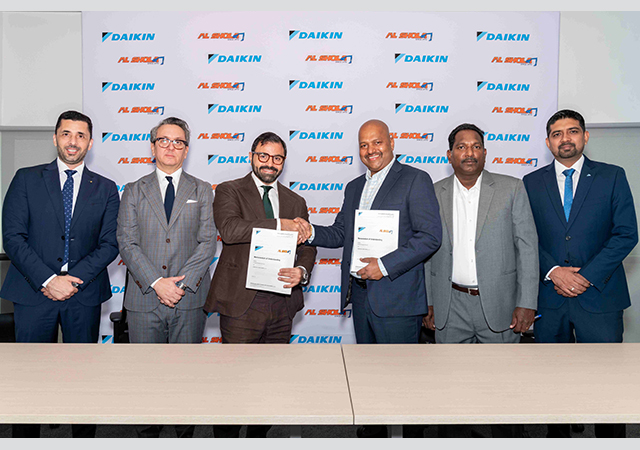

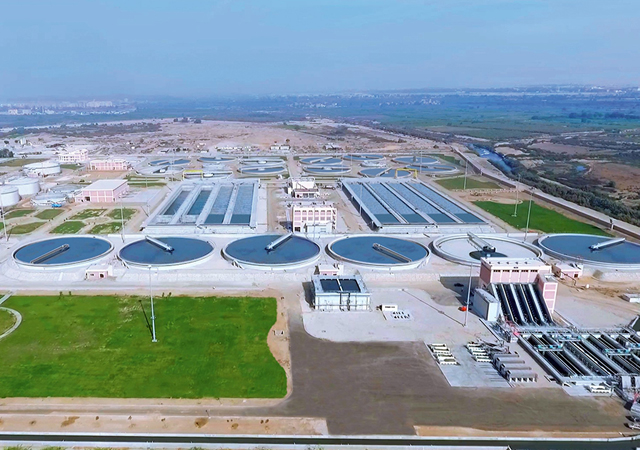
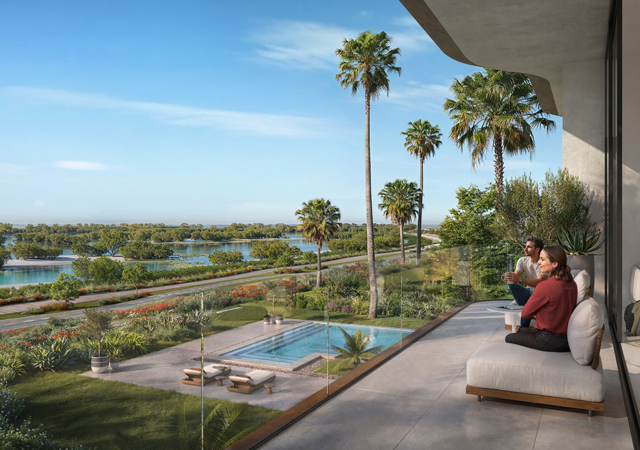
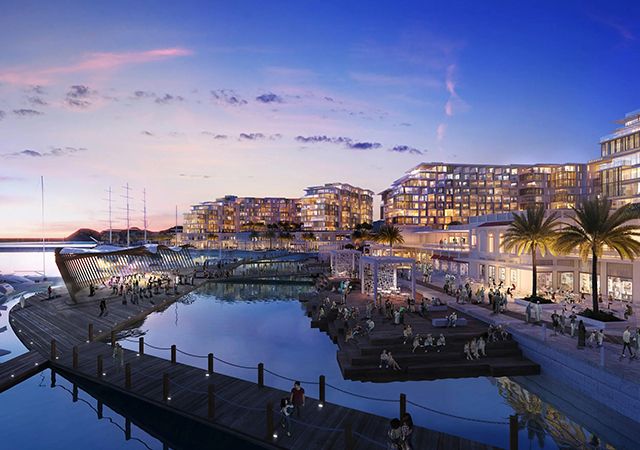

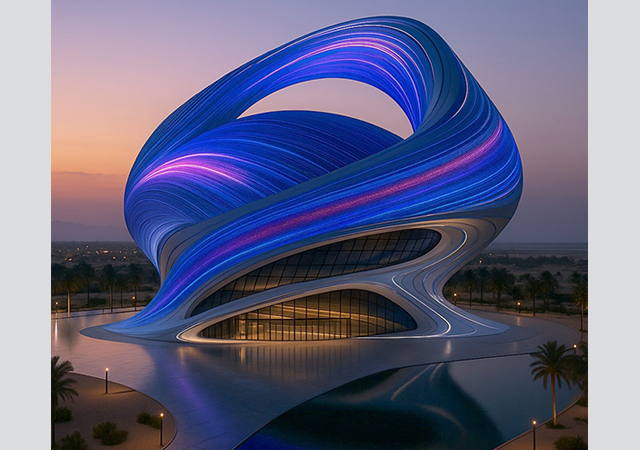
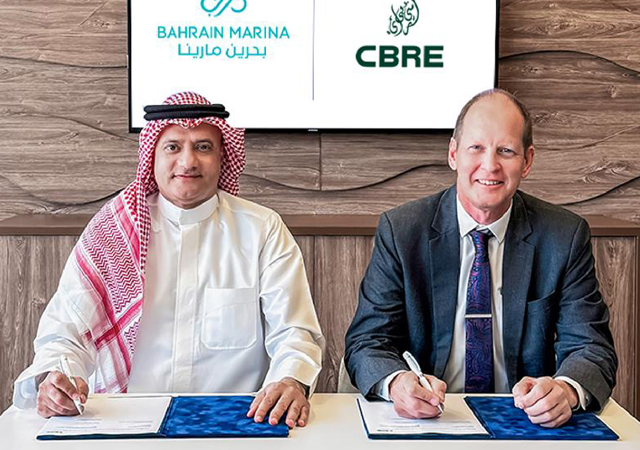
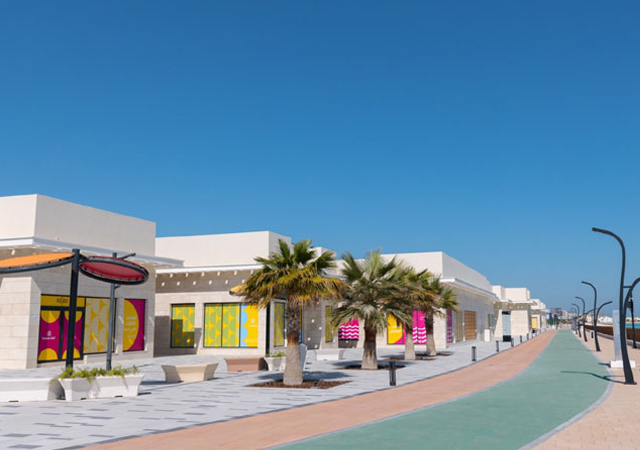
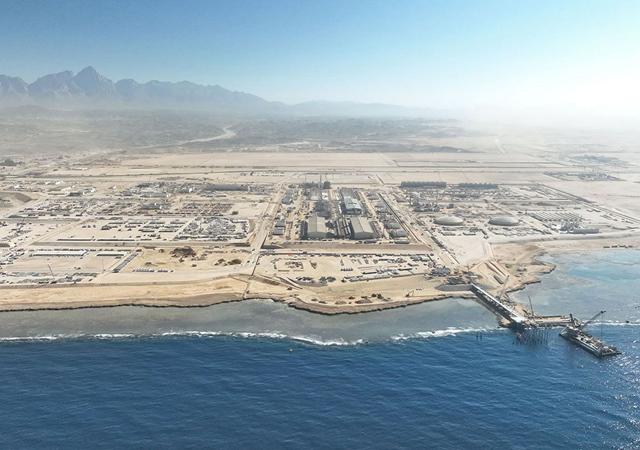
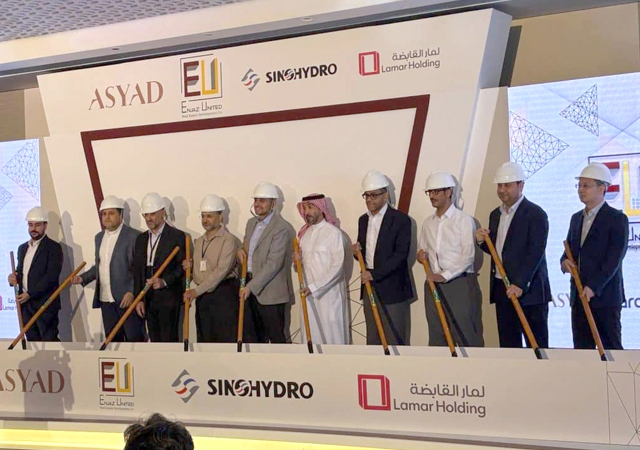
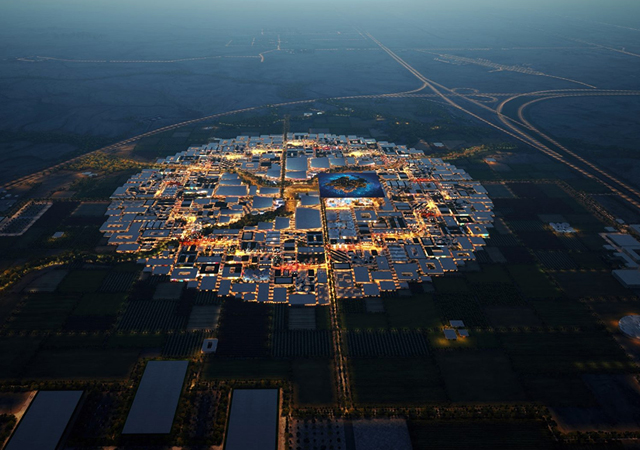
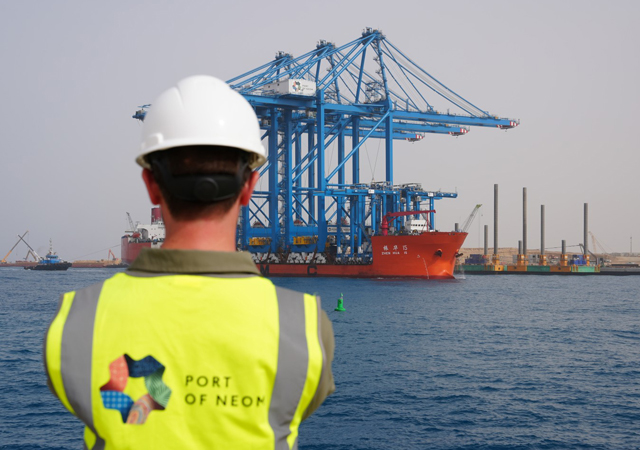
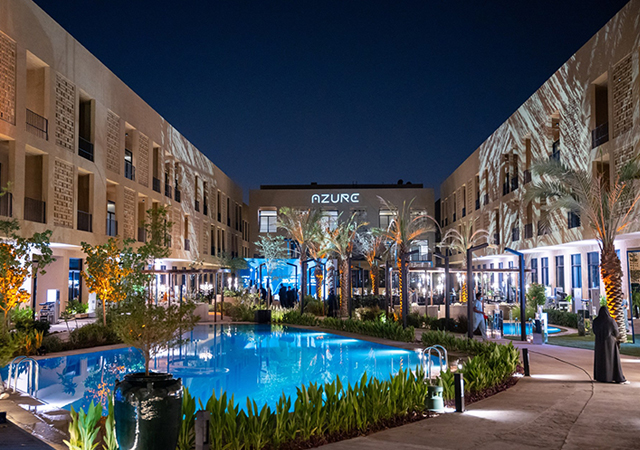
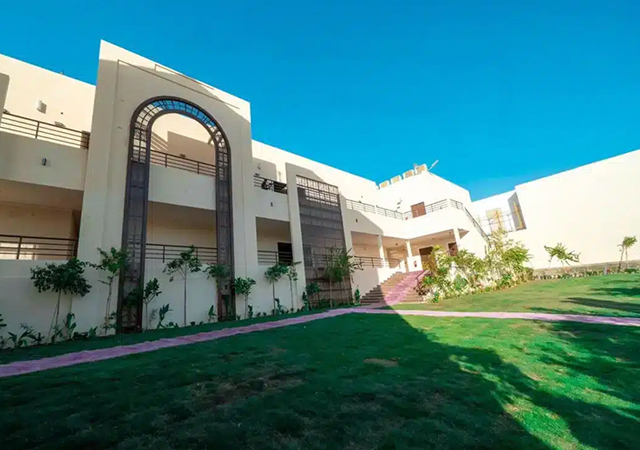

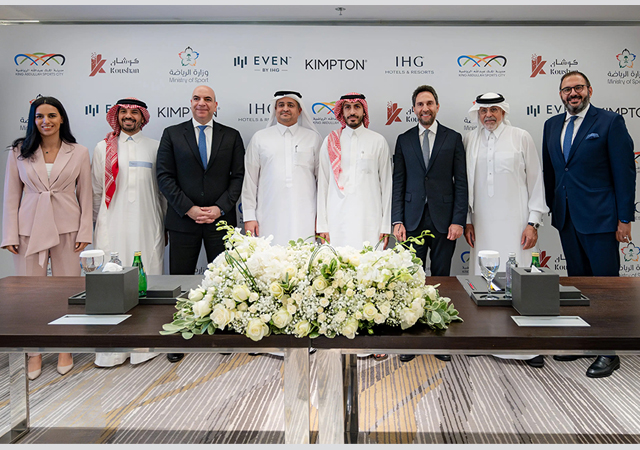
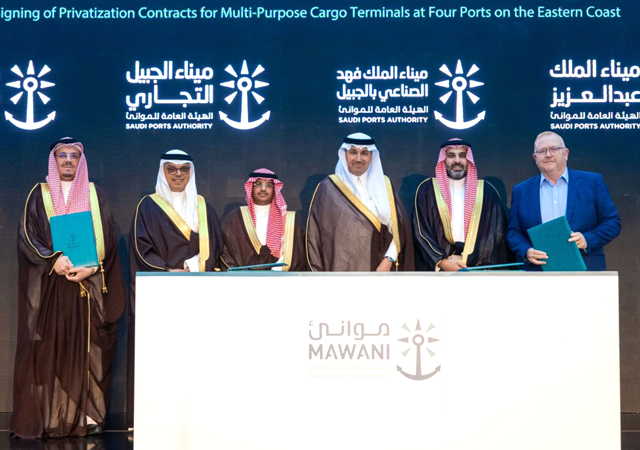
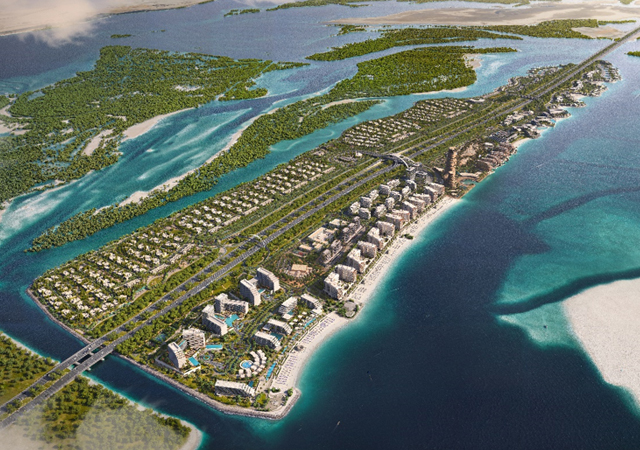
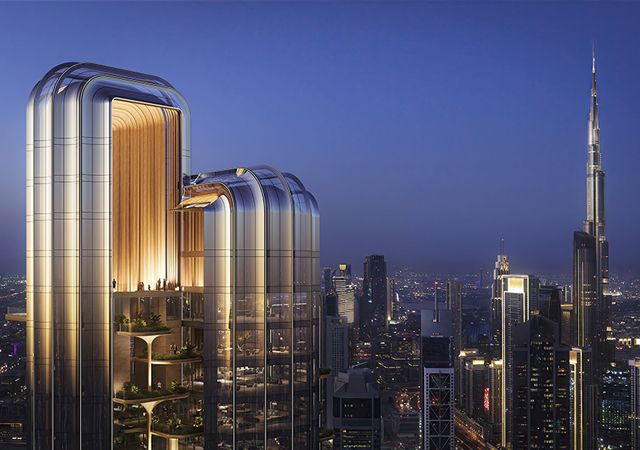
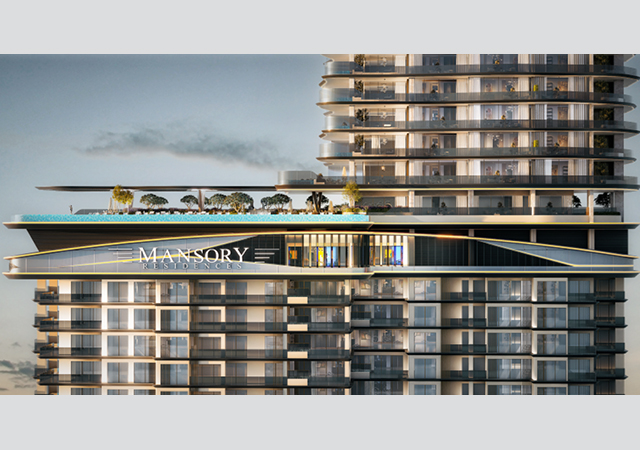
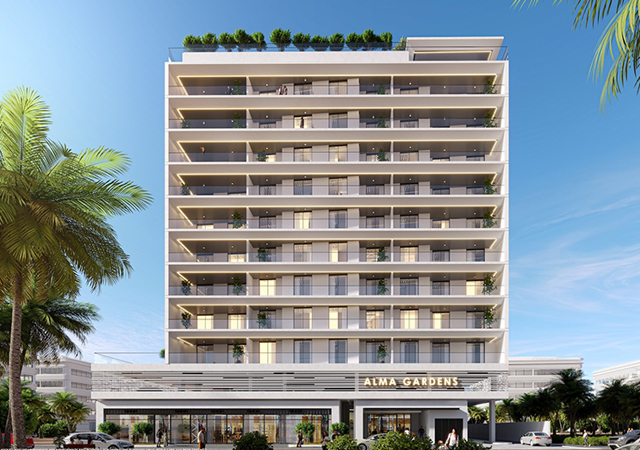

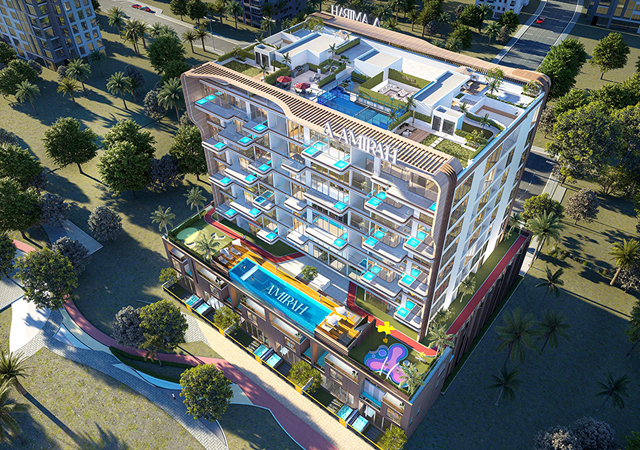
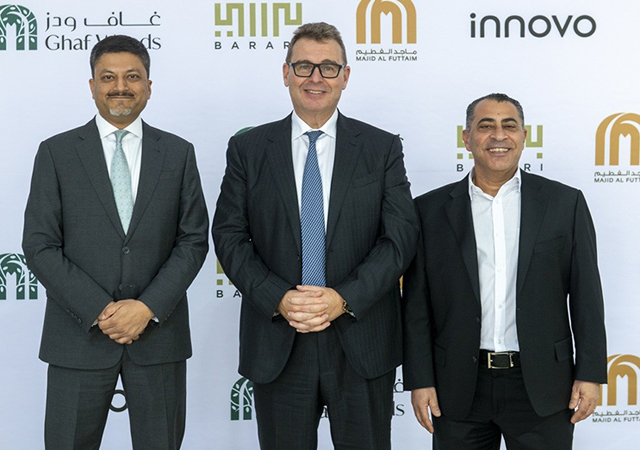
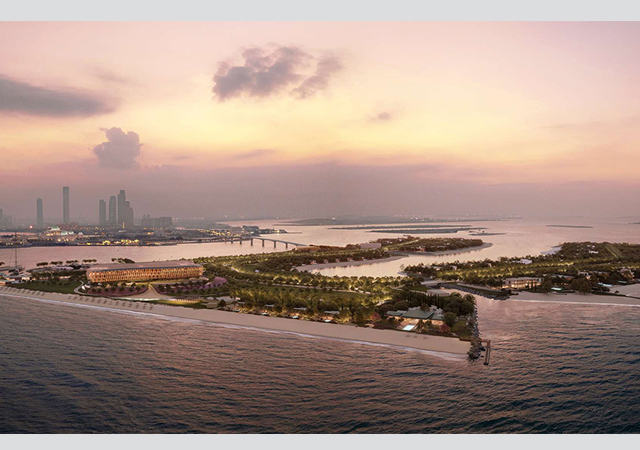
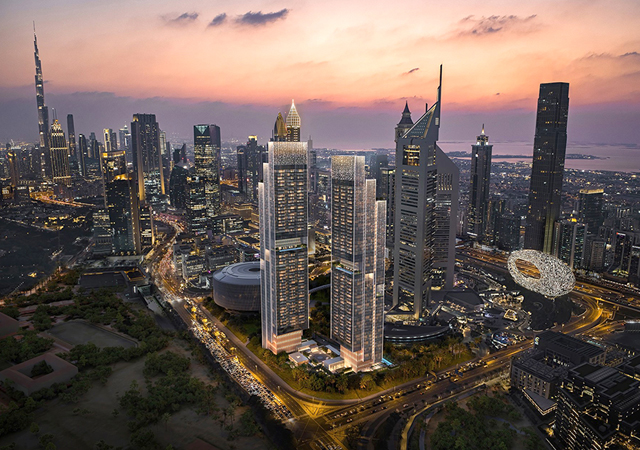
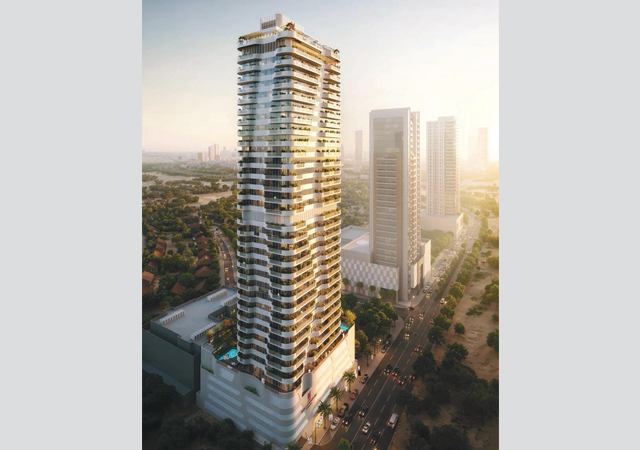
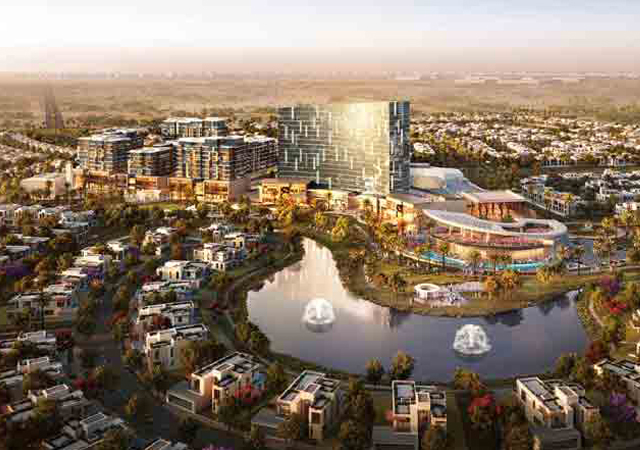
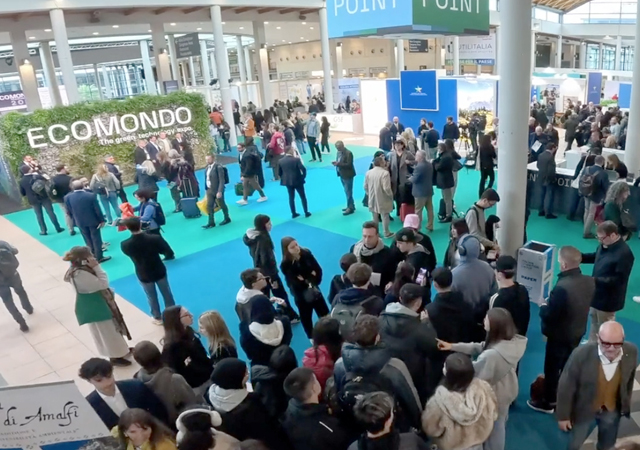
.jpg)
































